Home / Albums / Tag Century:14th 86

 Horn, or Olifant, Fourteenth Century
Horn, or Olifant, Fourteenth Century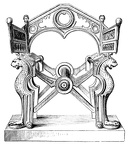 The Curule Chair
The Curule Chair Giovanni Boccaccio
Giovanni Boccaccio Geoffrey Chaucer
Geoffrey Chaucer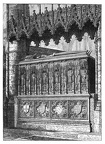 Tomb of Edward III. in Westminster Abbey
Tomb of Edward III. in Westminster Abbey Leathern Apron
Leathern Apron Apron
Apron Brass to a merchant
Brass to a merchant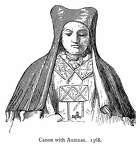 Canon with Aumuse
Canon with Aumuse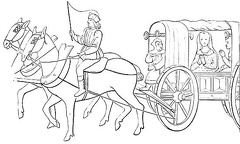 Flight of Princess Ermengarde
Flight of Princess Ermengarde Archer and Crossbowman of about 1370
Archer and Crossbowman of about 1370 Dante
Dante Court Dress of 1390
Court Dress of 1390 Young Gentleman of the 14th Century
Young Gentleman of the 14th Century Young Woman's dress - 14th Century
Young Woman's dress - 14th Century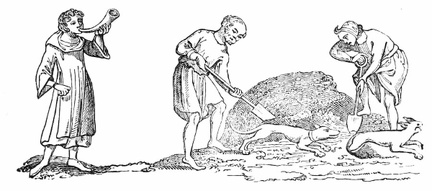 The Unearthing of a Fox
The Unearthing of a Fox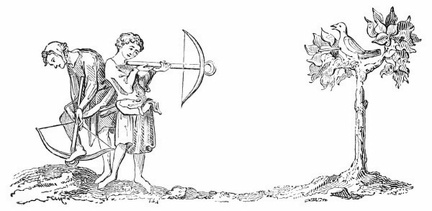 Practising with the Cross-Bow
Practising with the Cross-Bow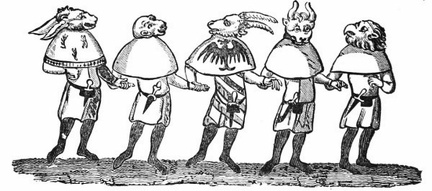 Mummers—XIV. Century
Mummers—XIV. Century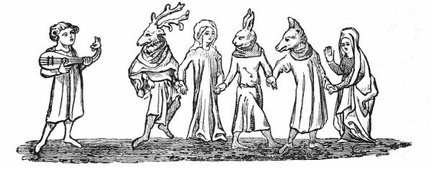 Mummers.—XIV. Century
Mummers.—XIV. Century Moveable Quintain—XIV. Century
Moveable Quintain—XIV. Century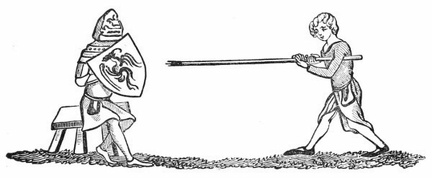 Living Quintain—XIV. Century
Living Quintain—XIV. Century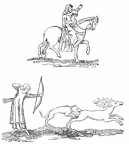 Ladies Hunting—XIV. Century
Ladies Hunting—XIV. Century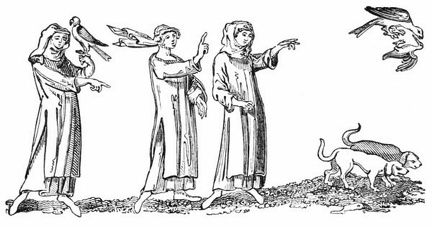 Ladies Hawking—XIV. Century
Ladies Hawking—XIV. Century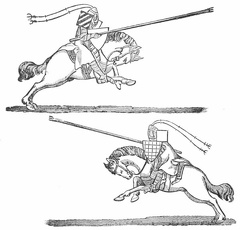 Justing.—XIV. Century
Justing.—XIV. Century Hawking—XIV. Century
Hawking—XIV. Century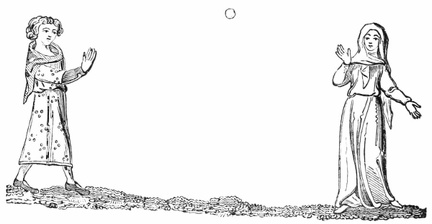 Hand-Ball.—XIV. Century
Hand-Ball.—XIV. Century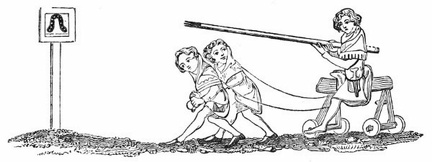 Fixed Quintain—XIV. Century
Fixed Quintain—XIV. Century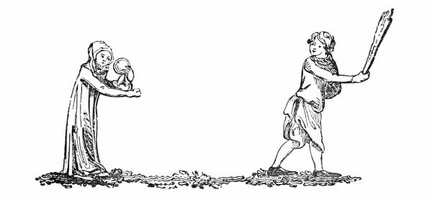 Club-Ball.—XIV. Century
Club-Ball.—XIV. Century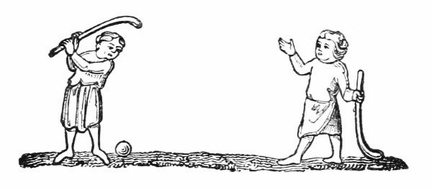 Bandy-Ball.—XIV. Century
Bandy-Ball.—XIV. Century Balloon-Ball.—XIV. Century
Balloon-Ball.—XIV. Century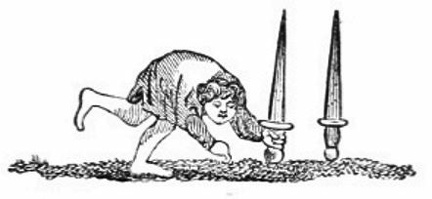 Balancing—XIV. Century
Balancing—XIV. Century Balancing —XIV. Century
Balancing —XIV. Century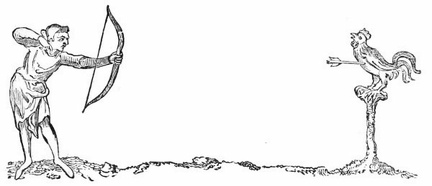 Archery.—XIV. Century
Archery.—XIV. Century A tumbling Ape
A tumbling Ape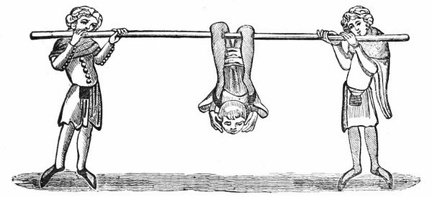 A Posture-Master.—XIV. Century
A Posture-Master.—XIV. Century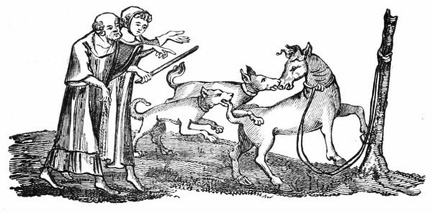 A Horse baited with Dogs
A Horse baited with Dogs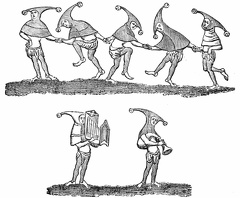 A Fool's Dance.—XIV. Century
A Fool's Dance.—XIV. Century A Feat in the XIV. Century
A Feat in the XIV. Century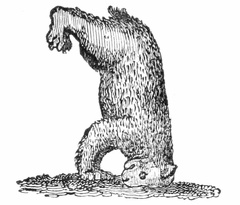 A Bear standing on his Head
A Bear standing on his Head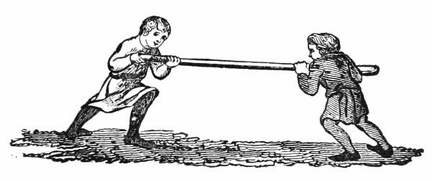 Unknown sport
Unknown sport Ancient sport
Ancient sport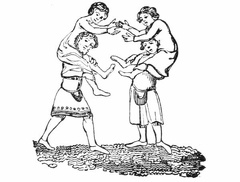 Ancient sport
Ancient sport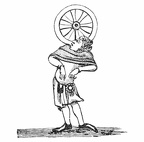 XIV. Century
XIV. Century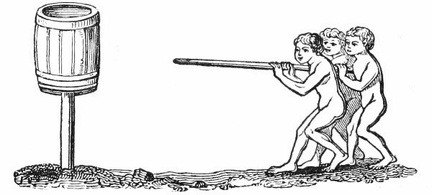 Water-Tub Quintain—XIV. Century
Water-Tub Quintain—XIV. Century Tutored Bear.—XIV. Century
Tutored Bear.—XIV. Century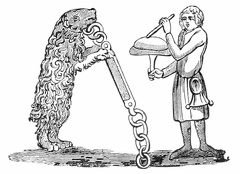 Tutored Bear.—XIV. Century
Tutored Bear.—XIV. Century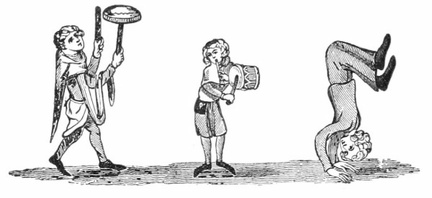 Tumbling.—XIV. Century
Tumbling.—XIV. Century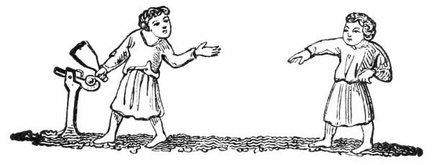 Trap-Ball.—XIV. Century
Trap-Ball.—XIV. Century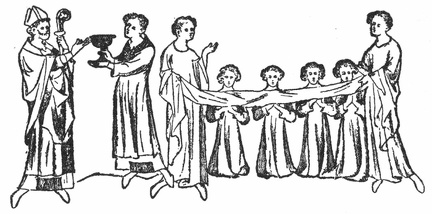 Administering holy communion with the Housel cloth
Administering holy communion with the Housel cloth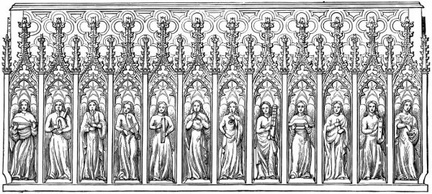 The minstrels’ gallery, at Exeter cathedral
The minstrels’ gallery, at Exeter cathedral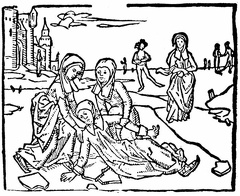 Saint Liedwi, Of Scheidam, Holland, A. D. 1396
Saint Liedwi, Of Scheidam, Holland, A. D. 1396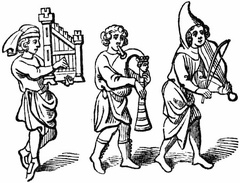 A Band of Minstrels
A Band of Minstrels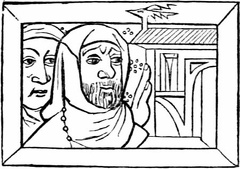 William and Johanna Cheupaign
William and Johanna Cheupaign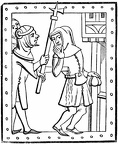 Walter of Hamuntesham attacked by a Mob
Walter of Hamuntesham attacked by a Mob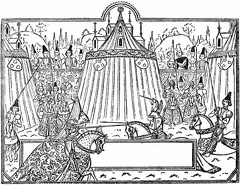 The Feat of Arms at St. Inglebert’s
The Feat of Arms at St. Inglebert’s Sir Robert Shurland
Sir Robert Shurland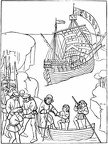 Ship of Richard Earl of Warwick
Ship of Richard Earl of Warwick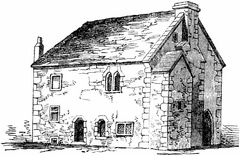 Rectory House, West Deane, Sussex
Rectory House, West Deane, Sussex Rectory House, West Deane, Sussex - plan
Rectory House, West Deane, Sussex - plan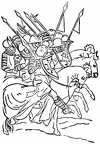 Men-at-Arms, Fourteenth Century
Men-at-Arms, Fourteenth Century



